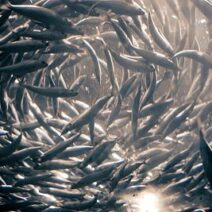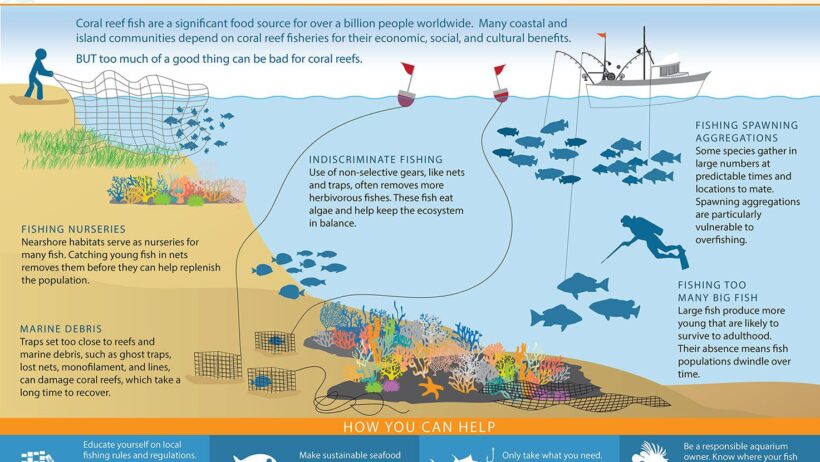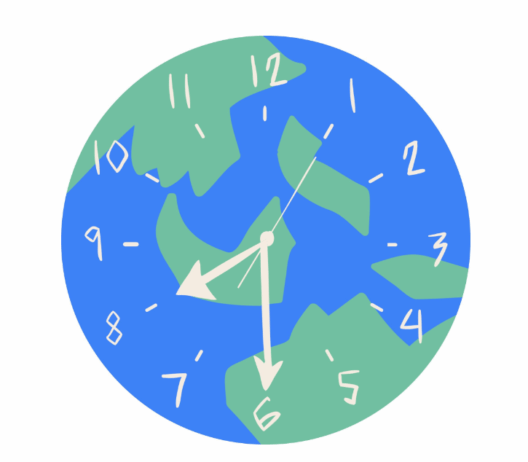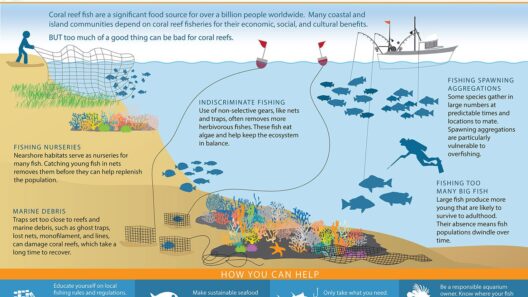The phenomenon of rising sea levels is intricately linked to global climate change, driven primarily by the warming of our planet and the consequent polar ice melt. These elevated seas hold profound implications for marine ecosystems, particularly coral reefs, which are often deemed the ‘rainforests of the ocean’. They harbor a significant portion of marine biodiversity and provide critical services to coastal communities. Understanding how rising sea levels impact these vital ecosystems is imperative for conservation and management strategies.
In this exploration, we will delve into the myriad ways rising sea levels threaten coral reefs and examine the broader implications for marine biodiversity.
The Ascension of the Oceans: Understanding the Dynamics of Sea Level Rise
Sea levels rise through two primary processes: the thermal expansion of seawater as it warms and the influx of freshwater from melting ice sheets and glaciers. These changes are not uniform; various regions experience different rates of sea-level rise due to factors such as ocean currents, land subsidence, and local geological processes. For instance, low-lying coastal areas are particularly susceptible, often leading to accelerated erosion and inundation of habitats.
Coral reefs, typically found in shallow, warm waters, are particularly vulnerable to changes in their aquatic environment. As water levels increase, changes in light penetration, salinity, and sedimentation can drastically affect coral health and resilience. The cascading impacts on these ecosystems necessitate an urgent examination of the ensuing risks to biodiversity.
The Great Submersion: Impacts of Higher Oceans on Coral Habitats
One of the foremost consequences of rising sea levels is habitat loss. Coral reefs are shallow structures that rely on sunlight for photosynthesis, primarily conducted by zooxanthellae, the symbiotic algae living within the coral tissues. As sea levels rise, the available light diminishes due to increased water depth, suppressing the growth of these fragile ecosystems. Widespread die-offs of coral may become inevitable as a result.
Furthermore, sea-level rise can exacerbate the already critical issue of ocean acidification, driven by the absorption of excess atmospheric carbon dioxide by seawater. Coral reefs are particularly susceptible to this process since the increased acidity compromises the ability of corals to calcify, weakening their structures and making them less resilient to environmental stressors.
Another insidious impact of higher waters is the increased sedimentation that often accompanies coastal inundation. When land is submerged, it can lead to landslides or increased runoff, bringing sediments and pollutants into the marine environment. High sediment loads smother corals, inhibit their growth, and reduce the overall biodiversity of the reef. The delicate balance that supports varied marine life is disrupted, threatening myriad organisms that rely on coral reefs for habitat and sustenance.
Tides of Change: Altered Ecosystem Dynamics and Species Interactions
Rising sea levels further influence ecosystem dynamics, altering predator-prey interactions and species distributions. As water temperatures rise, many marine species may either migrate towards cooler waters or experience population declines, disrupting long-standing ecological relationships. For example, the absence of apex predators due to habitat loss or movement can create an imbalance, allowing herbivorous species to overgraze on algal growth, which can suffocate corals and lead to ecosystem collapse.
Additionally, the migratory patterns of critical species such as sea turtles and certain fish populations may be disrupted. The implications of these changes are far-reaching, influencing not just coral reefs but the comprehensive web of marine life intertwined within these ecosystems.
Safeguarding Marine Biodiversity: Strategies Against the Rising Tide
Addressing the myriad threats posed by rising sea levels requires comprehensive and multifaceted strategies. Effective management practices should focus on mitigating climate change through reducing greenhouse gas emissions, as well as employing targeted measures to protect vulnerable coral reef systems. This may include enhancing marine protected areas (MPAs) to create safe havens for corals and associated species, ensuring their resilience against the pressures of climate change.
Moreover, restoration projects aimed at rehabilitating degraded reefs through coral gardening and artificial reefs can contribute to rebuilding lost habitats. These initiatives help enhance both biodiversity and ecosystem services provided by coral reefs, offering a glimmer of hope amid the growing challenges posed by climate change.
Community engagement and education also play pivotal roles in ensuring the sustainability of coral reefs. By fostering awareness and promoting sustainable fishing practices, coastal communities can help alleviate pressures on these ecosystems. It is essential for local stakeholders to be integral partners in conservation efforts, ensuring that the voices of those who depend on the oceans are heard and heeded.
Looking Forward: The Future of Coral Reefs in a Changing World
As we look ahead, the nexus of rising sea levels and coral reef ecology presents a critical battle against time. The scientific community must continue to monitor and study these ecosystems closely, collaborating globally to devise innovative solutions to counteract the threats they face. It is imperative to recognize that coral reefs are not just beautiful formations—they are pivotal ecosystems that support vast marine biodiversity and provide essential services to millions of people worldwide.
The call to action is clear: immediate and sustained efforts are necessary to safeguard the future of coral reefs. In a world where rising seas threaten to engulf these vital habitats, we must act decisively and collectively to protect what remains, ensuring that coral reefs endure for generations to come.







